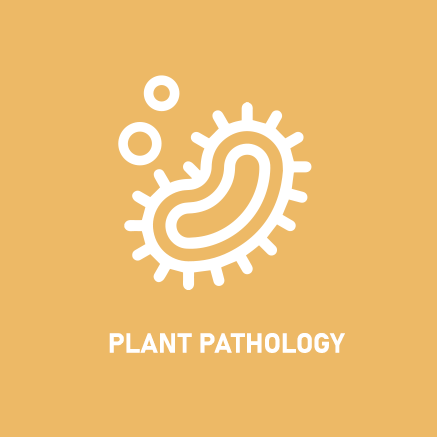Department of Evolutionary Ecology
DEPARTMENT OF EVOLUTIONARY ECOLOGY
The department focuses on phenotypic plasticity, which is the ability of genotypes to change their phenotype according to altered environmental conditions. In plants it has been known for decades that chemical defences are adjusted to environmental changes in a sophisticated and effective way. However, similar studies on plastic responses in chemical defences of animals have remained extremely scarce, despite their potential importance for fitness, interspecific interactions, population demography and speciation. Our research group studies whether toxin production of vertebrates – larvae of anuran amphibians – is adjusted to the presence and abundance of predators, competitors or pathogens. While we are focussing on plastic responses in the production of biogenic and bioactive cocktails of toxins, we will not miss assessing the potential of the detected toxin components for agricultural and medical applications. Apart from our interest in phenotypic plasticity, our research is also concerned with causes and consequences of inter- and intraspecific sexual coercion, the evolutionary background of animal personality, the analysis of animal social networks and the effects of multiple stress factors during early life-stages of anurans. While our group is mainly doing basic research, our studies are highly relevant for conservation biology and have the potential to contribute to important developments in applied sciences.
STAFF
RESEARCH
PUBLICATIONS
Selected publications:
Üveges B, Mahr K, Szederkényi M, Bókony V, Hoi H, Hettyey A (2016) Climate change may positively affect hibernating common toads (Bufo bufo). Scientific Reports, in press.
Tóth Z (2015) Context-dependent plastic response during egg-laying in a widespread newt species. Public Library of Science One 10:e0136044.
Pipoly I, Bókony V, Székely T, Kirkpatrick M, Liker A (2015) The genetic sex-determination system predicts adult sex ratios in tetrapods. Nature 527:91-94.
Bókony V, Móricz Á, Tóth Zs, Gál Z, Kurali A, Mikó Zs, Pásztor K, Szederkényi M, Tóth Z, Ujszegi J, et al. (2016) Variation in chemical defenses among populations of common toad (Bufo bufo) tadpoles: the role of environmental conditions. J Chem Ecol in press. doi: 10.1007/s10886-016-0690-2
Ujszegi J, Gál Z, Mikó Zs, Hettyey A (2015) No observable effect of a glyphosate-based herbicide on two top predators of temporal water bodies. Environ Toxicol Chem 34: 307-313. DOI: 10.1002/etc.2798
Mikó Zs, Ujszegi J, Gál Z, Imrei Z, Hettyey A (2015) Choice of experimental venue matters in ecotoxicology studies:Comparison of a laboratory-based and an outdoor mesocosm experiment. Aquat Toxicol 167: 20-30. DOI: 10.1016/j.aquatox.2015.07.014
Hettyey A, Tóth Z, Thonhauser KE, Frommen JG, Penn DJ, Van Buskirk J (2015) The relative importance of prey-borne and predator-borne chemical cues for inducible antipredator responses in tadpoles. Oecologia 179:699-710.
Hettyey A, Vági B, Kovács T, Ujszegi J, Katona P, Szederkényi M, Pearman PB, Griggio M, Hoi H (2014) Reproductive interference between Rana dalmatina and Rana temporaria affects reproductive success in natural populations. Oecologia 176:457-464.
Hettyey A, Tóth Z, Van Buskirk J (2014) Inducible chemical defences in animals. Oikos 123:1025-1028.
Baláž V, Vörös J, Civiš P, Vojar J, Hettyey A, Sós E, Dankovics R, Jehle R, Christiansen DG, Clare F, et al. (2014) Assessing risk and guidance on monitoring of Batrachochytrium dendrobatidis in Europe through identification of taxonomic selectivity of infection. Conserv Biol 28:213-223.











